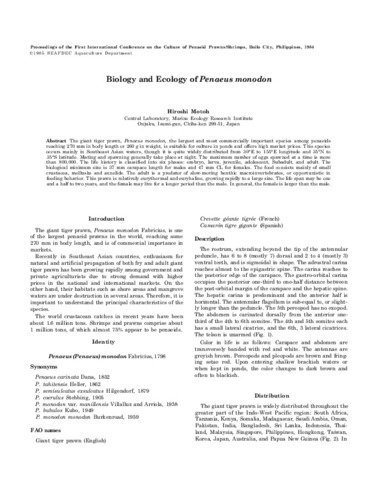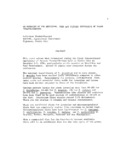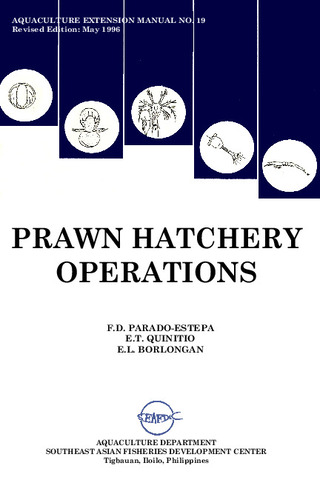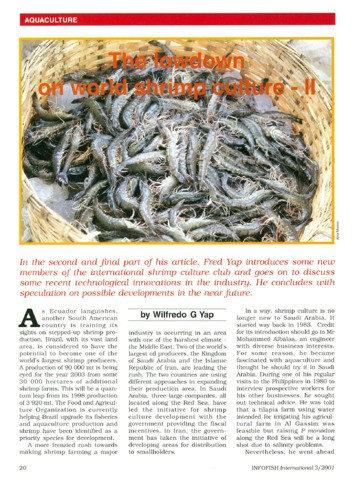Biology and ecology of Penaeus monodon

ရှာဖွေ/ဖွင့်ပါ။
ရက်စွဲ
1985စာရေးသူ
Page views
676
Share
စိတ္တဇ
The giant tiger prawn, Penaeus monodon, the largest and most commercially important species among penaeids reaching 270 mm in body length or 260 g in weight, is suitable for culture in ponds and offers high market prices. This species occurs mainly in Southeast Asian waters, though it is quite widely distributed from 30°E to 155°E longitude and 35°N to 35°S latitude. Mating and spawning generally take place at night. The maximum number of eggs spawned at a time is more than 800,000. The life history is classified into six phases: embryo, larva, juvenile, adolescent, Subadult, and adult. The biological minimum size is 37 mm carapace length for males and 47 mm CL for females. The food consists mainly of small crustacea, mollusks and annelids. The adult is a predator of slow-moving benthic macroinvertebrates, or opportunistic in feeding behavior. This prawn is relatively eurythermal and euryhaline, growing rapidly to a large size. The life span may be one and a half to two years, and the female may live for a longer period than the male. In general, the female is larger than the male.
Suggested Citation
Motoh, H. (1985). Biology and ecology of Penaeus monodon. In Taki Y., Primavera J. H. and Llobrera J. A. (Eds.). Proceedings of the First International Conference on the Culture of Penaeid Prawns/Shrimps, 4-7 December 1984, Iloilo City, Philippines (pp. 27-36). Iloilo City, Philippines: Aquaculture Department, Southeast Asian Fisheries Development Center.
Taxonomic term
စုစည်းမှုများ စုစည်းမှုများ
Related items
Showing items related by title, author, creator and subject.
-
An overview of the nutrition, feed and feeding techniques of prawn penaeid/shrimps
Piedad-Pascual, Felicitas (Philippine Council for Aquatic and Marine Research and Development, 1989)This paper echoes what transpired during the first International Conference of Penaeid Prawns/Shrimps held in Iloilo City in December 4-7, 1984, particularly on the Nutrition nd Feed Development. Around 25 papers were ... -
Prawn hatchery operations
Parado-Estepa, Fe D.; Quinitio, Emilia T.; Borlongan, Emeterio L. (Aquaculture Department, Southeast Asian Fisheries Development Center, 1996-05)The manual, an updated version of the 1984 SEAFDEC/AQD manual, presents the underlying principles and step-by-step instructions of prawn larval and post-larval rearing. The techniques described are not only applicable to ... -
The lowdown on world shrimp culture - II
Yap, Wilfredo G. (INFOFISH, 2001)This paper introduces some new members of the international shrimp culture club and goes on to discuss some recent technological innovations in the industry, particularly the polyculture of tilapia (mainly Oreochromis ...




